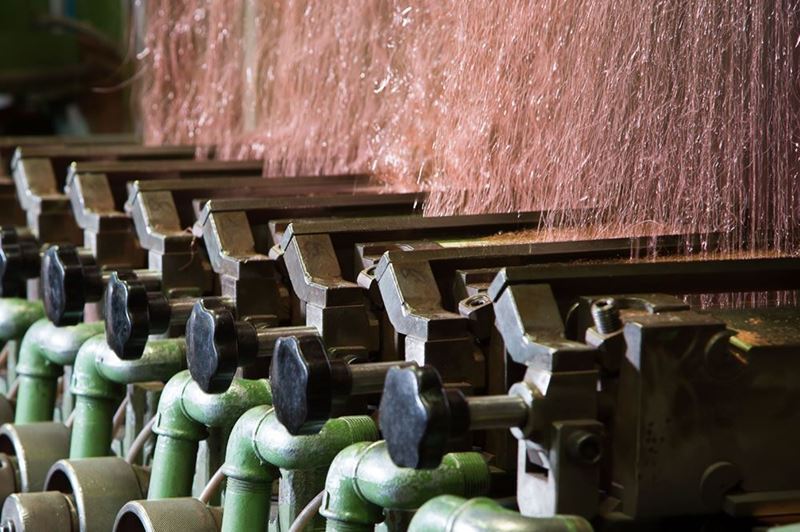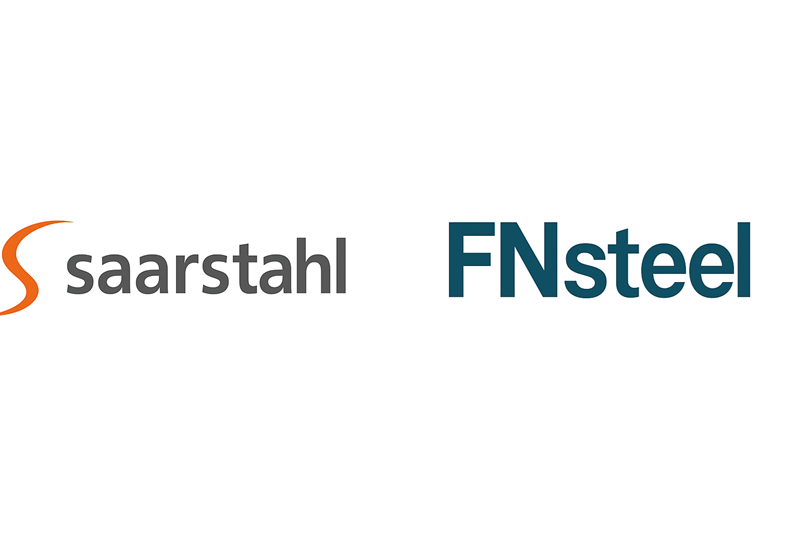As of July 22, all ferrous contracts traded on China's futures markets closed with gains.
This momentum has provided support for the sharp price increases observed in the spot markets.
Broad-Based Rally in Futures Contracts
Significant increases were recorded in products traded on the Dalian and Shanghai exchanges:
Rebar and hot-rolled coil prices rose by 3.12% and 2.84%, reaching 3,307 RMB/ton and 3,477 RMB/ton, respectively.
The iron ore contract increased by 2.49% to 823 RMB/ton, signaling a recovery on the raw materials side.
The most notable movement was seen in coking coal and metallurgical coal, with a sharp 7.98% rise, indicating that energy and input costs are once again on an upward trend.
This rally is largely underpinned by major public infrastructure investments, especially the Yarlung Tsangpo Hydropower Plant project launched in Tibet. With an investment volume nearly five times that of the Three Gorges Dam, the project is expected to generate an annual steel demand of approximately 500,000 tons over the next decade. This development is reshaping steel flows not only in Tibet but also in the northwestern and southwestern regions of China. Large state-owned steel mills in the northwest are now shifting their supply to meet the increasing demand in Tibet, which in turn reduces availability in local markets and pushes prices higher.
Logistical constraints in western regions and regional freight differentials are widening the “regional price gap” in steel supply. For instance, last week rebar prices in southwestern cities such as Kunming and Chongqing were around 2,900 RMB/ton, while in Lanzhou, located in the northwest, prices reached as high as 3,100 RMB/ton. This regional imbalance is prompting more aggressive pricing by market participants.
Meanwhile, the Ministry of Industry and Information Technology of China is expected to announce new policies regarding growth and capacity adjustments in strategic sectors such as steel, non-ferrous metals, and coal. A key market focus is on how “obsolete capacity” will be defined and what kind of production restrictions might be imposed. Currently, the problem in the sector is not absolute oversupply, but relative oversupply—production appears excessive due to weakened demand.
Recovery in the Broader Metals Market
This upward movement in futures markets was not limited to steel. Contracts for nickel, zinc, and aluminum also experienced upward trends. Nickel rose to 123,720 RMB/ton, zinc to 22,945 RMB/ton, and aluminum to 20,900 RMB/ton. This points to a broader price recovery across the metals sector.
Although this surge is largely influenced by emotional pricing, it is also gradually being supported by concrete effects of infrastructure investments and new industrial policies. However, experts warn that a technical correction may follow these rapid increases. In the medium term, prices are expected to re-stabilize based on regional resource distribution and demand-project scheduling.









Comments
No comment yet.